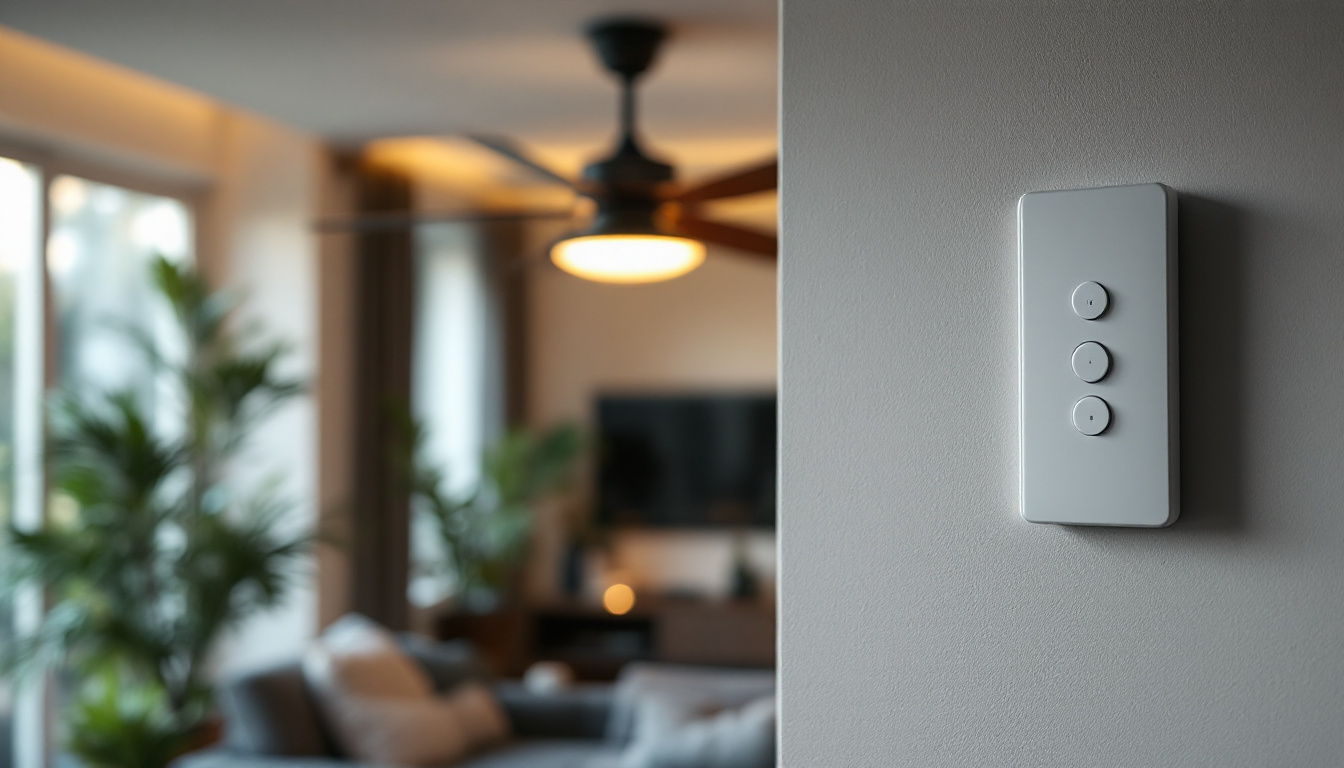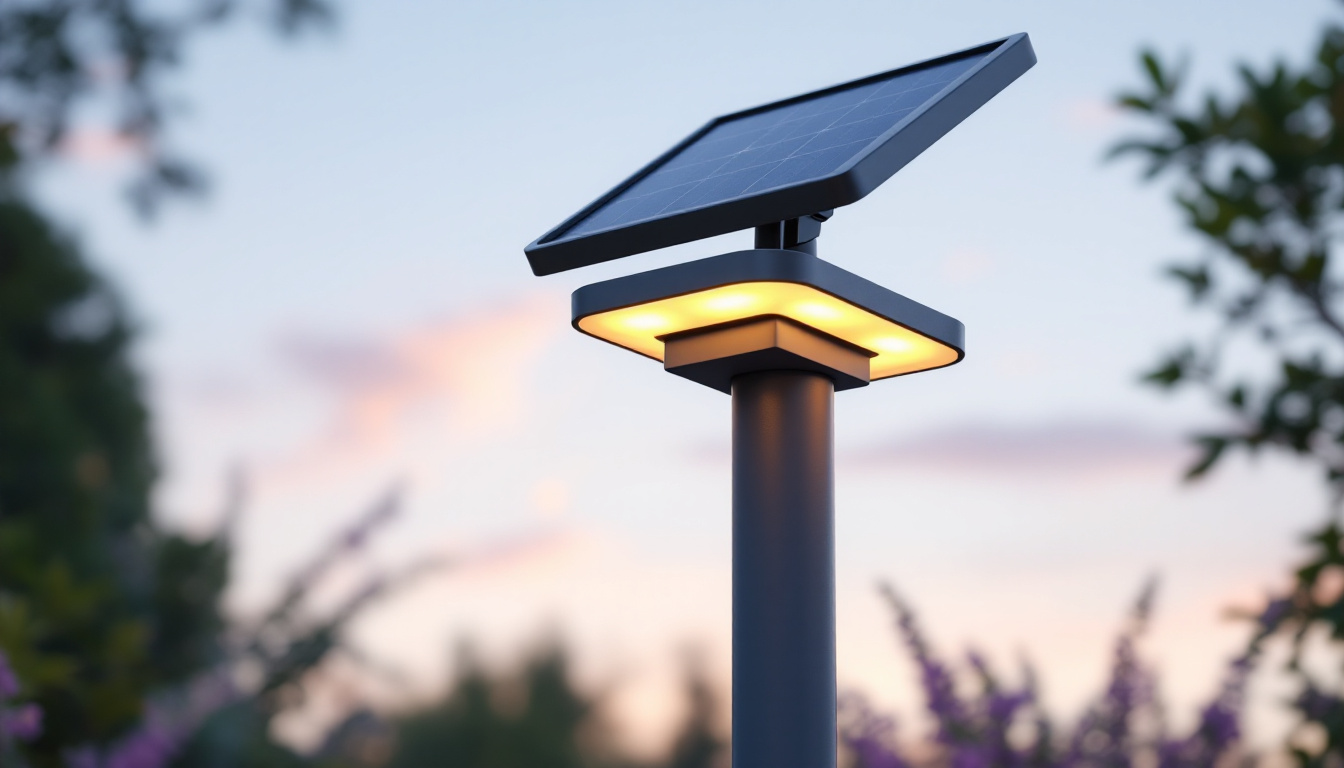
Ceiling fans are a staple in many homes and commercial spaces, providing comfort and energy efficiency. When paired with wall controls, they offer an added layer of convenience and functionality. For lighting contractors, understanding the best practices for installing and integrating ceiling fans with wall controls is essential for delivering high-quality service to clients. This article delves into the intricacies of ceiling fan installation, control options, and best practices tailored for lighting professionals.
Wall controls for ceiling fans provide users with an easy way to manage fan speed and lighting without the need for a remote. These controls can be wired directly into the electrical system, offering a streamlined solution for homeowners looking for convenience. By having the control mounted on the wall, users can easily access it from anywhere in the room, making it a practical choice for larger spaces where reaching a remote might be cumbersome.
There are several types of wall controls available, each catering to different needs and preferences. The most common types include single-pole switches, multi-speed controls, and integrated dimmers. Single-pole switches allow for basic on/off functionality, while multi-speed controls enable users to select various fan speeds. Integrated dimmers not only control fan speed but also adjust the brightness of the light fixture, providing a comprehensive solution for managing both fan and lighting. Additionally, some advanced models feature smart technology, allowing users to control their ceiling fans through smartphone apps or voice commands, integrating seamlessly with home automation systems.
When selecting wall controls, it’s crucial to consider compatibility with the ceiling fan model. Not all fans are designed to work with every type of wall control, so reviewing the manufacturer’s specifications is a necessary step in the installation process. Furthermore, some wall controls come with specific features such as reverse function switches, which allow users to change the direction of the fan blades for optimal airflow during different seasons, enhancing the fan’s versatility and efficiency.
Using wall controls for ceiling fans offers numerous advantages. Firstly, they eliminate the need for handheld remotes, which can be easily misplaced. Secondly, wall controls provide a more permanent and aesthetically pleasing solution, as they integrate seamlessly into the existing electrical system. This can enhance the overall look of a room while providing functionality. The installation of wall controls can also increase the value of a home, as potential buyers often appreciate the convenience and modernity of integrated lighting and fan systems.
Moreover, wall controls can be more user-friendly, especially for individuals who may have difficulty using remote controls. This accessibility can be a significant selling point for lighting contractors when discussing options with clients. In addition, wall controls can help in energy conservation, as they allow users to easily adjust settings based on their immediate needs, potentially reducing unnecessary energy consumption. With the ability to customize fan speed and lighting intensity, homeowners can create the perfect ambiance for any occasion, from a cozy movie night to a lively gathering, making wall controls a versatile addition to any living space.
proper installation of ceiling fans with wall controls is crucial for ensuring optimal performance and safety. Lighting contractors should follow specific best practices to guarantee a successful installation.
Before beginning the installation process, it is essential to assess the location where the fan will be mounted. Ensure that the ceiling structure can support the weight of the fan and that there is adequate clearance for airflow. Additionally, consider the proximity to electrical outlets and the layout of the room to determine the best placement for the wall control.
Contractors should also verify that the electrical supply meets local building codes and regulations. This includes checking the circuit capacity to handle the fan’s electrical load and ensuring that all wiring is up to code. Proper planning at this stage can prevent issues down the line.
Wiring the wall control is a critical step that requires attention to detail. Begin by turning off the power to the circuit at the breaker box to ensure safety during installation. Carefully follow the manufacturer’s wiring diagram, which typically includes connections for the fan, light, and power supply.
It is advisable to use color-coded wiring to avoid confusion. For instance, black wires generally indicate power, while white wires are neutral. Properly securing all connections with wire nuts and ensuring that no bare wire is exposed will enhance safety and reliability. Once the wiring is complete, the wall control can be mounted securely to the wall.
After installation, it is crucial to test the ceiling fan and wall control to ensure everything is functioning correctly. Turn the power back on and check that the fan operates at all speed settings and that the light functions as intended. If any issues arise, double-check the wiring and connections.
Final adjustments may also involve aligning the fan blades and ensuring they are balanced. An unbalanced fan can lead to excessive noise and wear over time, so taking the time to make these adjustments is essential for long-term performance.
As smart home technology continues to evolve, integrating ceiling fans with wall controls into these systems is becoming increasingly popular. Lighting contractors should be familiar with the options available for smart controls and how they can enhance the user experience.
Smart wall controls allow users to manage their ceiling fans remotely through smartphone apps or voice commands. These controls often come with additional features, such as scheduling, energy monitoring, and compatibility with other smart home devices. For contractors, recommending smart controls can provide added value to clients looking to modernize their homes.
When installing smart wall controls, it’s important to ensure that the existing wiring and ceiling fan are compatible with the technology. Additionally, contractors should educate clients on how to use the smart features effectively, ensuring they can maximize the benefits of their new system.
The integration of ceiling fans with smart home systems offers numerous benefits. Homeowners can enjoy increased convenience, as they can control their fans from anywhere in the house or even remotely when they are away. This feature is particularly appealing for energy-conscious clients, as it allows them to manage their energy usage more efficiently.
Moreover, smart integration can enhance the overall comfort of a home. For instance, homeowners can set their fans to automatically adjust based on the temperature or time of day, ensuring optimal airflow and comfort throughout the day.
While installing ceiling fans with wall controls can be straightforward, several common challenges may arise. Being aware of these potential issues and having solutions at hand can help lighting contractors navigate the installation process more smoothly.
One of the most common challenges is dealing with incompatible wiring. Older homes may have outdated wiring that does not meet the requirements for modern ceiling fans and wall controls. In such cases, contractors may need to upgrade the wiring to ensure safety and compliance with current standards.
Before installation, conducting a thorough inspection of the existing wiring can help identify any issues early on. If upgrades are necessary, it’s essential to communicate these changes to the client, as they may impact the overall project timeline and budget.
Another challenge contractors may encounter is fan noise and vibration. If a ceiling fan is not properly balanced or installed, it can create unwanted noise that detracts from the comfort of a space. To address this, contractors should ensure that the fan blades are correctly aligned and that all screws and mounts are securely fastened.
If noise persists, it may be necessary to check the mounting hardware and the ceiling structure to ensure that the fan is adequately supported. In some cases, adding rubber isolators can help reduce vibration and noise levels.
Once the installation is complete, educating clients on maintenance practices can help ensure the longevity of their ceiling fans and wall controls. Regular maintenance not only enhances performance but also prolongs the lifespan of the equipment.
Dust and debris can accumulate on fan blades over time, impacting performance and airflow. It is advisable for homeowners to clean their ceiling fans regularly, ideally every few months. Using a soft cloth or a microfiber duster can effectively remove dust without damaging the blades.
For fans with integrated lighting, cleaning the light fixtures is equally important. Ensuring that bulbs are free from dust will maximize brightness and efficiency.
Encouraging clients to conduct periodic inspections of their ceiling fans can help identify potential issues before they become significant problems. This includes checking for loose screws, ensuring that the fan blades are balanced, and verifying that the wall control is functioning correctly.
Additionally, if clients notice any unusual noises or performance issues, they should be advised to contact a professional for evaluation. Early intervention can prevent more extensive repairs down the line.
Ceiling fans with wall controls provide an excellent solution for enhancing comfort and convenience in residential and commercial spaces. For lighting contractors, understanding the intricacies of installation, integration with smart technology, and maintenance practices is crucial for delivering exceptional service.
By following best practices and staying informed about the latest trends and technologies, contractors can ensure that they meet the evolving needs of their clients while enhancing their own expertise in the field. Ultimately, a well-installed ceiling fan with a wall control not only improves the functionality of a space but also adds value to the overall client experience.
Ready to elevate your lighting projects with the best in ceiling fan technology? Look no further than LumenWholesale, where we offer an exceptional range of spec-grade lighting products tailored for the discerning contractor. With our commitment to quality, affordability, and convenience, you can access a wide selection of ceiling fans with wall controls that meet the highest industry standards. Take advantage of our unbeatable wholesale prices and free shipping on bulk orders to ensure your projects shine without the burden of inflated costs. Wholesale Lighting at the Best Value is just a click away—transform your lighting solutions with LumenWholesale today.

Discover essential insights into the world of LED strip lighting with our comprehensive guide tailored for lighting contractors.

Discover how self-contained receptacles are revolutionizing the lighting industry, offering contractors unparalleled efficiency, safety, and ease of installation.

Discover the ultimate guide for lighting contractors on transitioning from fluorescent to LED lighting.

Discover the transformative impact of solar lights on posts for lighting contractors.